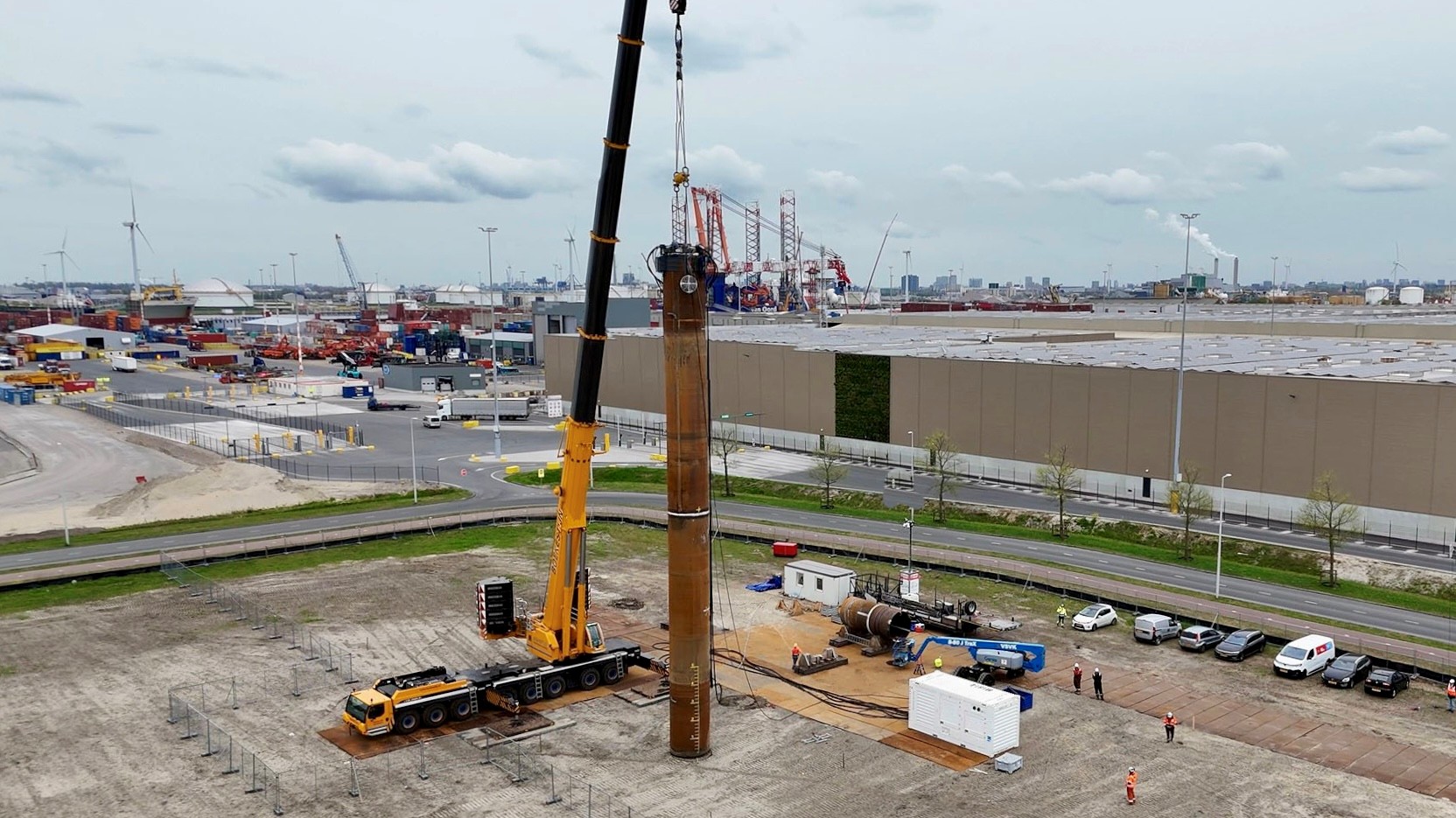
The energy transition demands scale, speed, and smart solutions. But building offshore wind farms still faces a major obstacle: noise pollution. Installing monopiles with impact piling generates extreme underwater noise, disrupting marine ecosystems and driving up project costs due to mitigation measures.
What if we tackled the problem at the source?
That’s exactly what the Gentle Driving of Piles (GDP) project is doing. Their method replaces hammering with a high-frequency, torsional vibration technique that “twists” monopiles into the seabed, much more quietly.
Key benefits:
- Significantly lower noise levels during installation
- Reduced impact on marine life
- No need for bubble curtains or other costly mitigation
- Extended installation windows, no need to stop for breeding seasons
- Reduced CO₂ emissions and cost savings
And it doesn’t stop after the installation phase. The method is also perfectly suited for decommissioning old wind farms, enabling piles to be extracted as a whole and steel can be reused. This contributes to a more circular offshore wind industry.
Where is the tech now?
Following a successful test with a 2.2m diameter, 26m long monopile, the team is developing a 4m prototype. And that brings the next big step: testing at sea due to the scale. They’re looking for offshore developers and park owners to support and host the next round of trials.
Interested in joining?
If you’re involved in offshore wind construction or decommissioning, this is your opportunity to shape a quieter, cleaner future for offshore wind.